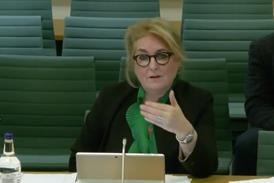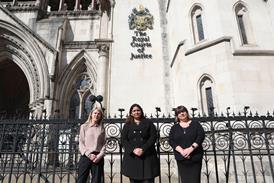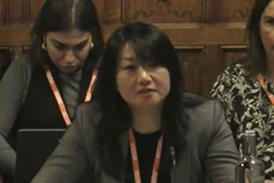Procedure rules must be simpler if litigants in person are not to be granted any special dispensation for non-compliance, a Court of Appeal judge has said.
Lord Justice Haddon-Cave, speaking at a Gresham College lecture earlier this month, said English law has increasingly become more complex, unclear and inaccessible.
The judge pointed out that the first two volumes of the White Book alone runs to more than 6,000 pages after 124 updates in 20 years to the Civil Procedure Rules.
Citing the Supreme Court decision in Barton, where justices said the rules must apply equally to all parties irrespective of whether they have a lawyer, Haddon-Cave LJ said: ‘An increasing proportion of court users are self-represented and are gravely hampered by the complexity of civil procedures which means the equality between wealthy litigants and the under-resourced is still a distant prospect.
‘The need for non-Byzantine rules which ordinary people can reasonably observe and understand is even greater.’
He added that some believe the ‘monolithic’ White Book had now become an ‘embarrassment in a modern jurisdiction’.
The judge said that a ‘glimmer of light’ lies in innovation and the ongoing courts modernisation programme, with new digital platforms being created.
‘Reform of procedure should be aligned with this – by combining and simplifying the myriad of procedure rules and rewriting them with litigants in person in mind,’ he added.
Haddon-Cave LJ also admitted that written judgments – including his own – have lengthened in recent years, with a greater tendency to cite numerous past cases and some judges making unnecessary observations. He noted the average length of a Supreme Court judgment is now around 100 paragraphs, compared with 89 paragraphs in 2013 and 68 at the House of Lords.
‘It is easier sometimes to do one’s thinking on paper but not always much fun for the reader. It is also easier to get tempted into writing about points which are not essential to the outcome of the case.
‘It is not always easy to get the balance right between explaining one’s reasoning sufficiently and including too much detail and analysis, and sometimes legal archaeology which tends to obscure the thrust of the judgment or lead the reader to lose the will to live.’
This article is now closed for comment.

























30 Readers' comments